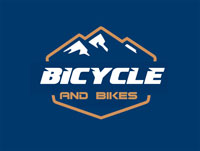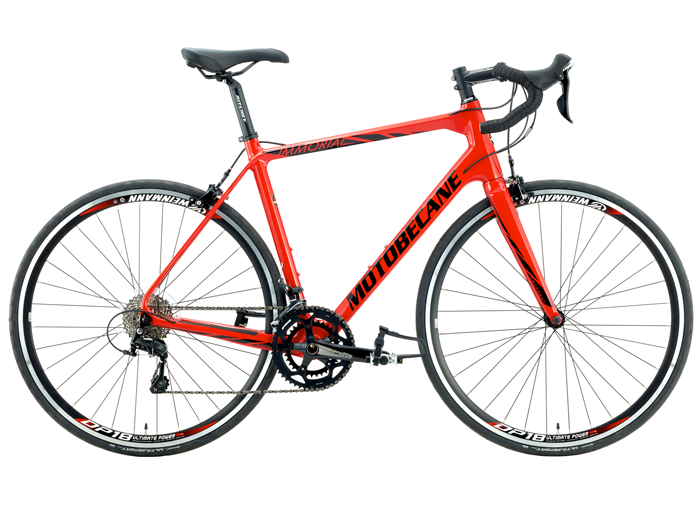Road Bike
The road bike, also known as a racing bicycle, has a rich history dating back to the late 19th century when bicycle races were a popular sport.
These bicycles have evolved over the years, taking on various forms and designs to meet the increasing demands of speed, efficiency, and terrain adaptability in bicycle racing.
Short History of Road Bikes
The first road bicycle races were held in Europe in the late 1800s, sparking a surge of interest in these streamlined, speedy machines.
With racing in mind, road bikes were designed to be lightweight and efficient. They featured narrow tires, dropped handlebars, and a rigid frame to maximize speed and maneuverability.
In the 20th century, technological advancements led to more sophisticated road bikes, with manufacturers experimenting with new materials like aluminum, titanium, and carbon fiber for frames.
Further developments in gear systems, braking, and aerodynamics have continually refined the modern road bike, making it a precise tool for both competitive cycling and recreational use.
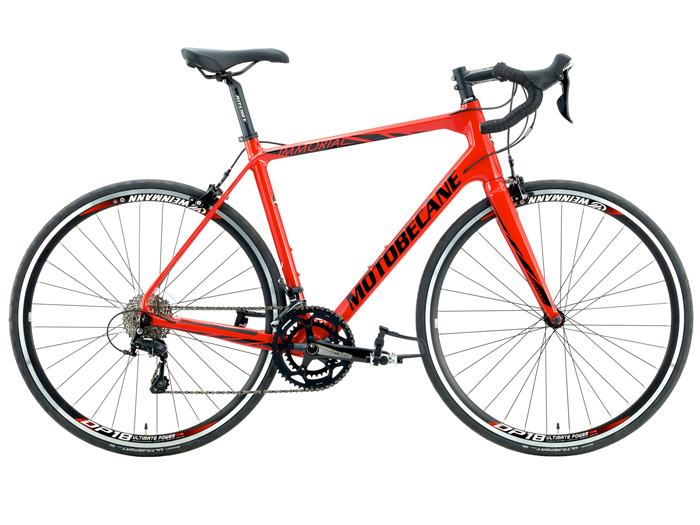 Race Road Bikes
Race Road Bikes
Race road bikes, often simply referred to as “road bikes”, are the high-performance thoroughbreds of the bicycle world.
They are crafted with one goal in mind – speed.
Every component and design detail is carefully considered and optimized for maximum efficiency and minimal weight.
Race bikes feature a lightweight frame, typically constructed from carbon fiber or high-end aluminum.
The geometry of the bike encourages an aggressive riding position, with riders leaning forward to reduce wind resistance. This forward-leaning position means that the handlebars are often lower than the saddle, which may take some getting used to for new riders, but it is crucial for aerodynamic efficiency.
The tires on race bikes are thin and high-pressured to minimize rolling resistance, and the bike itself is usually equipped with a high gear ratio to maximize speed.
Race bikes are not typically designed for carrying loads, so you won’t usually find extras such as rack mounts or water bottle holders.
On the downside, the emphasis on speed and performance means that comfort can be compromised, especially on longer rides. The stiff frames can transmit more road vibration, and the aggressive riding position might not be comfortable for everyone.
However, for sheer speed, performance, and exhilarating riding experience, nothing beats a race road bike. They’re the choice of professional racers and anyone who wants the fastest, most efficient ride possible.
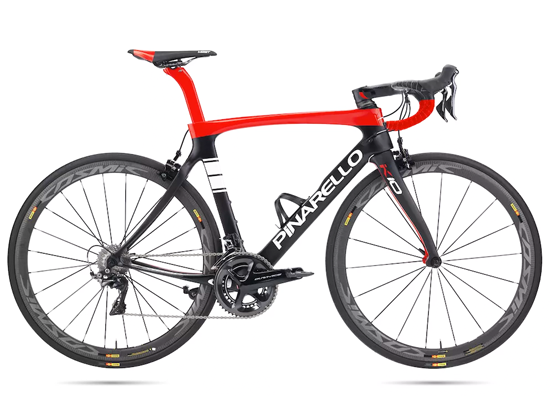 Endurance Bikes
Endurance Bikes
Endurance road bikes, also known as ‘sportive’ bikes, are the long-distance comfort cruisers of the road bike world.
While they share many design characteristics with race road bikes, they’re tuned more for comfort over long distances, rather than pure speed.
These bikes have a more relaxed geometry that puts the rider in a more upright position, reducing strain on the back and neck over long periods of riding.
The frame and fork often have compliance features built-in, intended to absorb road vibrations and bumps. This helps reduce rider fatigue and makes it easier to spend long hours in the saddle.
Endurance bikes often come with slightly wider tires than their racing counterparts, offering a smoother ride and better grip on variable surfaces.
Additionally, they have space for even wider tires, giving you the option to optimize for comfort and adapt to different terrains.
Gearing on endurance bikes is typically more versatile, with a broader range to handle various gradients comfortably.
Plus, many models offer the added convenience of mounts for racks and mudguards, making them a practical choice for commuting or light touring.
So, if you’re looking to cover significant mileage, enjoy leisurely group rides, or embark on a cycling adventure with comfort as a priority, an endurance bike is a perfect companion.
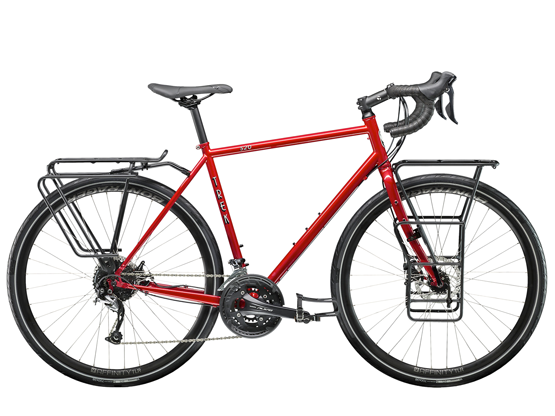 Touring Road Bikes
Touring Road Bikes
Touring road bikes are the ultimate long-distance, heavy-duty haulers of the road bike world.
Engineered for comfort and reliability over extended distances, these bikes are built to carry you and your gear across continents and in all conditions.
Touring bikes generally feature a sturdy, relaxed geometry frame that prioritizes stability and rider comfort, especially when loaded with gear.
Frames are typically made from steel, known for its durability, ride quality, and repairability in remote locations.
These bikes come with wider and often knobbier tires than standard road bikes to handle diverse terrains and carry heavy loads.
Eyelets for mounting racks and panniers, front and back, along with multiple water bottle cages are standard.
Gearing is set up to favor a broad range rather than top speed, with lower ratios to help when climbing or moving heavily loaded bikes.
The brakes are also more robust – typically either disc or cantilever – to ensure consistent performance under heavier loads and in all weather conditions.
Built for the long haul, touring road bikes are your go-to choice for multi-day, cross-country adventures and self-supported long-distance cycling where carrying gear, comfort, and reliability are paramount.
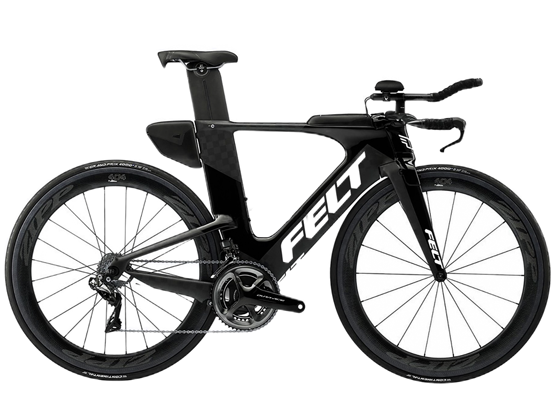 Time Trial/Triathlon Road Bikes
Time Trial/Triathlon Road Bikes
Time trial/triathlon road bikes are specially designed for speed and aerodynamic efficiency, offering cyclists an edge in races against the clock or during triathlon events.
Every element of these bikes is optimized to reduce air resistance—from the streamlined frame geometry to the narrowly spaced handlebars.
Their unique design features a steeply angled seat tube that places the rider forward over the pedals, allowing for a more powerful pedal stroke and better aerodynamics.
This is combined with specially designed handlebars, known as aero bars or tri-bars, that allow the rider to tuck into an extremely aerodynamic position.
The wheels on these bikes are often deeper (taller) than other road bikes, again to maximize aerodynamics.
Gearing is set for high-speed cycling on relatively flat courses, which is typically where time trials and triathlons are held.
While they offer unmatched speed in the right conditions, time trial/triathlon bikes are less versatile than other road bikes.
The aggressive riding position can be uncomfortable for longer rides, and they’re not suited to group riding or city cycling due to their limited maneuverability and braking.
Nonetheless, for pure speed and slicing through the wind, nothing beats a time trial or triathlon bike.
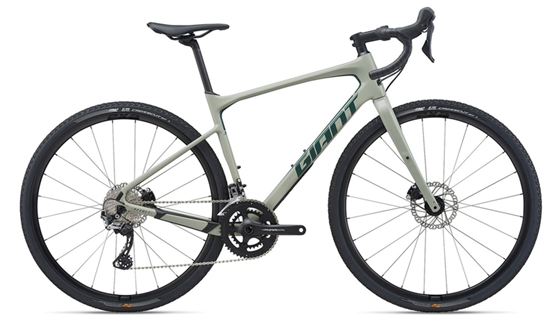 Gravel Bikes
Gravel Bikes
Gravel road bikes, also known as adventure or all-road bikes, offer a hybrid solution for those who love to explore off the beaten path without compromising on the speed and efficiency of a road bike.
They incorporate elements from both road and mountain bikes, providing a versatile ride that can handle a variety of surfaces.
The key defining feature of a gravel bike is its ability to accommodate wider tires, offering more traction and comfort on loose surfaces.
The frame and fork are often designed with additional clearance for tires that can range from 30mm to over 50mm. This extra width provides more grip and shock absorption on rough terrain.
Gravel bikes also have more relaxed geometry than traditional road bikes, putting less strain on the rider’s body during long days on mixed terrain.
They are usually equipped with disc brakes for their consistent stopping power, regardless of the weather or terrain.
They often come with mounts for racks and fenders, making them an excellent choice for bikepacking or commuting.
The gearing is typically more versatile as well, combining a wide range on the rear cassette with a double or sometimes single chainring setup at the front, enabling you to conquer steep off-road climbs yet still pedal efficiently on the road.
Gravel bikes offer an incredible amount of versatility, capable of handling everything from a local road race to a multi-day bikepacking adventure.
Whether you’re navigating loose gravel, dirt roads, or even singletrack trails, a gravel bike allows you to go almost anywhere.
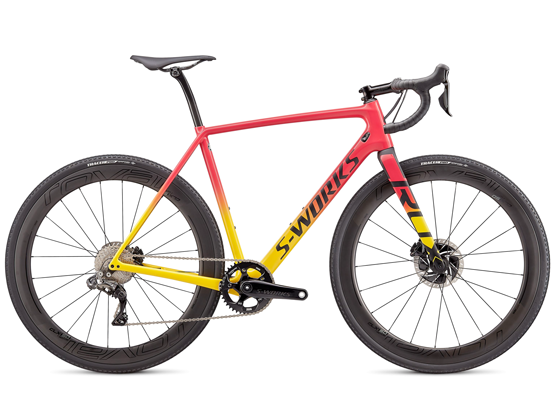 Cyclocross Bikes
Cyclocross Bikes
Cyclocross bikes, often referred to as ‘cross bikes or CX bikes, are specifically designed for the rigors of cyclocross racing.
This involves short courses featuring pavement, wooded trails, grass, steep hills, and obstacles that require the rider to quickly dismount, carry the bike while navigating the obstruction, and remount.
To handle this multi-terrain sport, cyclocross bikes share similarities with traditional road bikes, such as dropped handlebars and a lightweight design, but incorporate key features for improved off-road performance.
They have wider, knobbier tires for better grip and control in muddy or loose conditions and offer more clearance between the tires and the frame to prevent mud build-up.
The geometry of a cyclocross bike provides a more upright riding position, which offers better visibility and control on variable terrain and makes it easier to dismount and remount quickly.
Furthermore, these bikes usually feature disc brakes, known for their reliable stopping power in all weather conditions.
Despite being designed for cyclocross races, these bikes are renowned for their versatility and are often used for gravel riding, commuting, and even light touring.
Their durability, ability to handle different terrains, and efficient design make them a popular choice for riders who want one bike that can do it all.
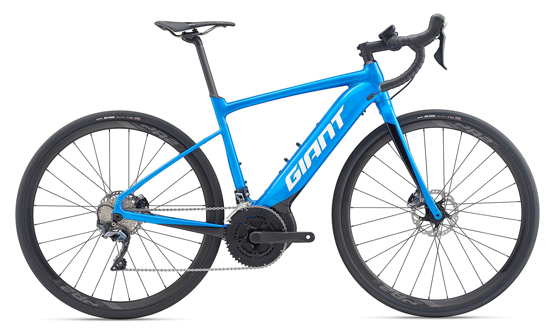 Electric Road Bikes
Electric Road Bikes
Brimming with technology and innovation, electric road bikes are redefining what’s possible on the tarmac.
These high-tech machines, also known as e-road bikes or pedal-assist road bikes, integrate a battery-powered motor into their design.
This offers a smooth, subtle boost to your pedaling efforts, making it easier to climb hills, keep up with faster riding partners, or simply extend the length of your rides.
Electric bikes are designed with sleekness in mind, with batteries and motors often almost invisible to the untrained eye.
The motor, typically located in the bottom bracket area, operates when you’re pedaling and usually cuts off assistance above a certain speed (often 20-28 mph, depending on local regulations) to comply with laws that differentiate between e-bikes and motor vehicles.
Despite the extra tech, e-road bikes strive to maintain the aesthetics and ride characteristics of traditional road bikes.
They have drop handlebars, thin tires, and a design optimized for speed and efficiency on paved surfaces.
The weight is slightly more due to the battery and motor, but when the assist is on, the extra weight becomes almost imperceptible.
They come with various modes you can adjust on the fly, meaning you can decide how much assistance you need at any given moment – whether you want just a little push against headwinds or a significant boost up a steep climb.
Perfect for those who want to enjoy the thrill of road biking without the strain, electric road bikes are a testament to the way technology can reshape the boundaries of traditional cycling.
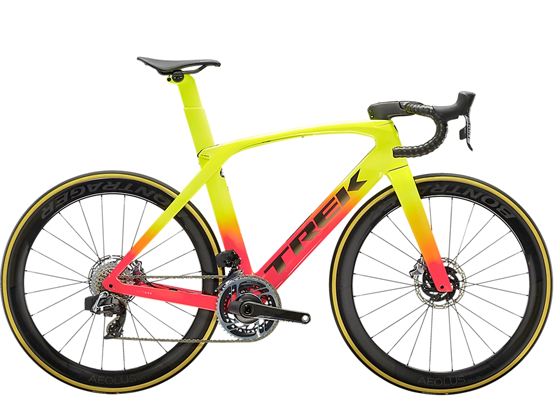 Aero Bikes
Aero Bikes
When every second counts, aero road bikes are your ultimate speed machines.
Born in the wind tunnel* and honed to perfection on the world’s toughest race courses, these bikes are the epitome of speed and efficiency.
Aero bikes are designed with one key goal in mind: to slice through the wind with minimal resistance.
The most striking characteristic of an aero bike is its sleek, aerodynamic design.
The tubes of the frame and forks are often teardrop-shaped or flattened to reduce air drag.
The cables, too, are internally routed for the same reason. Even the wheelsets are meticulously designed, featuring deep-section rims that improve aerodynamics at high speeds.
Equipped with a geometry that promotes an aggressive riding position, aero road bikes position the rider low and forward to decrease wind resistance.
This positioning, while incredibly efficient, might not offer the same level of comfort as endurance or touring bikes over longer distances or times in the saddle.
Moreover, most aero road bikes feature integrated handlebars and stem systems and hidden brakes for added aero gains.
Disc brakes are becoming increasingly popular in this category due to their superior stopping power and the aerodynamic advantages of removing the rim brake calipers.
**A wind tunnel is a tool used in aerodynamic research to study the effects of air moving over a solid object – in this case, a bicycle. It’s essentially a room where engineers can control wind speed and direction to examine how it interacts with the bike.
When we say a bike is “born in the wind tunnel,” we mean its design was significantly influenced and optimized based on data and observations collected from wind tunnel testing. This could involve refining the shape and orientation of the bike’s frame, handlebars, and wheels to minimize air resistance and maximize speed and efficiency.
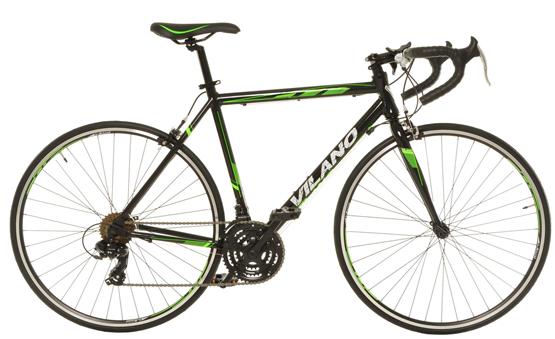 Commuter Road Bikes
Commuter Road Bikes
Built to thrive in the urban jungle, commuter road bikes are the champions of the everyday ride.
Offering a comfortable and efficient means to navigate city streets, they are the choice of thousands who opt for two wheels over four in their daily commute.
Commuter bikes blend the speed and efficiency of traditional road bikes with features that enhance durability and practicality for regular use in urban environments.
The tires are wider than racing road bikes, providing greater comfort and puncture protection over potholes and rough roads.
Some models may also have puncture-resistant tires for additional reliability.
To accommodate daily commuting needs, these bikes often come with mounting points for accessories such as mudguards and pannier racks, allowing you to carry your laptop, change of clothes, or even your grocery shopping.
They often feature more upright geometry compared to race-oriented road bikes, promoting a better field of vision in traffic and a less stressful position for the back and neck, which is beneficial for longer commutes.
Many commuter bikes also embrace features like disc brakes for consistent stopping power in wet weather, internal gear hubs for low maintenance, and sometimes even belt drives instead of traditional chains for a cleaner, quieter ride.
In essence, commuter road bikes are a pragmatic solution for those seeking a healthier, greener, and often quicker alternative to public transport or driving in the city.
These bikes are not just about getting you from A to B; they’re about enjoying the journey in between.
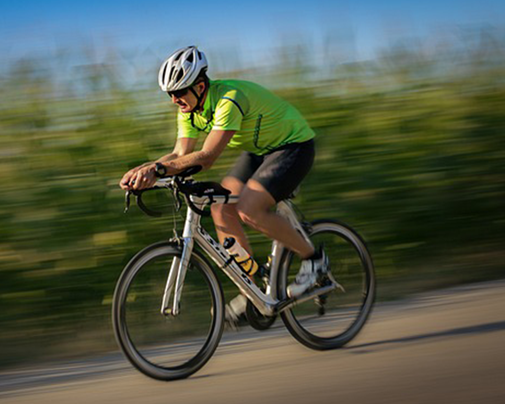 Considerations when Buying a Road Bikes
Considerations when Buying a Road Bikes
Embarking on the journey to purchase a road bike can be both exciting and overwhelming given the myriad options available today.
That’s why we’ve put together this comprehensive guide on what to consider when buying a road bike.
Whether you’re a seasoned cyclist or a complete novice, we aim to help you navigate through factors like purpose, frame material, bike fit, components, wheels, price, and brand reputation.
Let’s simplify your bike purchasing process and get you ready for your next ride.
Popular Manufacturers Of Road Bikes:
Specialized: Renowned for its wide range of road bikes, including race, endurance, gravel, and electric bikes.
Trek: Offers a variety of road bikes, such as race, endurance, time trial, and electric.
Cannondale: Known for its innovative gravel, cyclocross, race, and electric road bikes.
Giant: Famous for its extensive lineup of road bikes, including race, endurance, time trial, and electric options.
Bianchi: This historic Italian brand offers a range of road bikes, including race, endurance, and time trial bikes.
Cervélo: A top choice for high-end race, time trial, and triathlon bikes.
Pinarello: Renowned for their race and endurance road bikes, often seen in professional cycling tours.
Cube: A German manufacturer known for their quality across the road bike spectrum, including race, endurance, and electric bikes.
Scott: Offers a variety of road bikes, including race, endurance, gravel, and electric bikes.
Orbea: A Spanish manufacturer well-respected for their road bikes, including race, endurance, gravel, and electric bikes.
Raleigh: A long-standing British brand known for its range of commuter and electric road bikes.
Merida: A Taiwanese brand offering a variety of road bikes, including race, endurance, time trial, and electric options.
Canyon: A direct-to-consumer brand known for their range of road bikes, including race, endurance, gravel, and electric bikes.
Ridley: Known for their cyclocross and gravel bikes, but also offers race and endurance bikes.
Felt: A well-respected brand for time trial and triathlon bikes, also offering race and endurance bikes.
Lapierre: A French brand producing a diverse range of road bikes including race, endurance, and electric models.
Merida: A Taiwan-based manufacturer known for their innovative designs and technology, offering race, endurance, and electric road bikes.
Focus: German engineering is brought to the fore with their range of race, endurance, and electric bikes.
Whyte: A UK-based brand, well-regarded for their gravel and endurance bikes, but also producing race models.
All City: Known for their steel-frame bikes, All City produces a range of commuter and touring bikes.
BMC: Swiss brand known for their high-performance race and endurance bikes.
Lynskey: A U.S. brand famous for their titanium road and gravel bikes.
Parlee: Specializing in high-end carbon race and endurance road bikes.
Argon 18: Canadian brand producing a wide range of road bikes, including race, endurance, time trial/triathlon, and electric models.
Ribble: A UK-based brand offering a broad range of road bikes including race, endurance, time trial/triathlon, and electric models.
Fairlight: Known for their custom-fit and touring bikes.
Rose Bikes: German direct-to-consumer brand offering a variety of road bikes from race to endurance models.
De Rosa: Italian luxury brand known for their race and endurance bikes.
Seven Cycles: U.S. brand known for their custom and semi-custom titanium and carbon bikes.
Masi: Known for their range of road bikes including race, endurance, and touring models.
